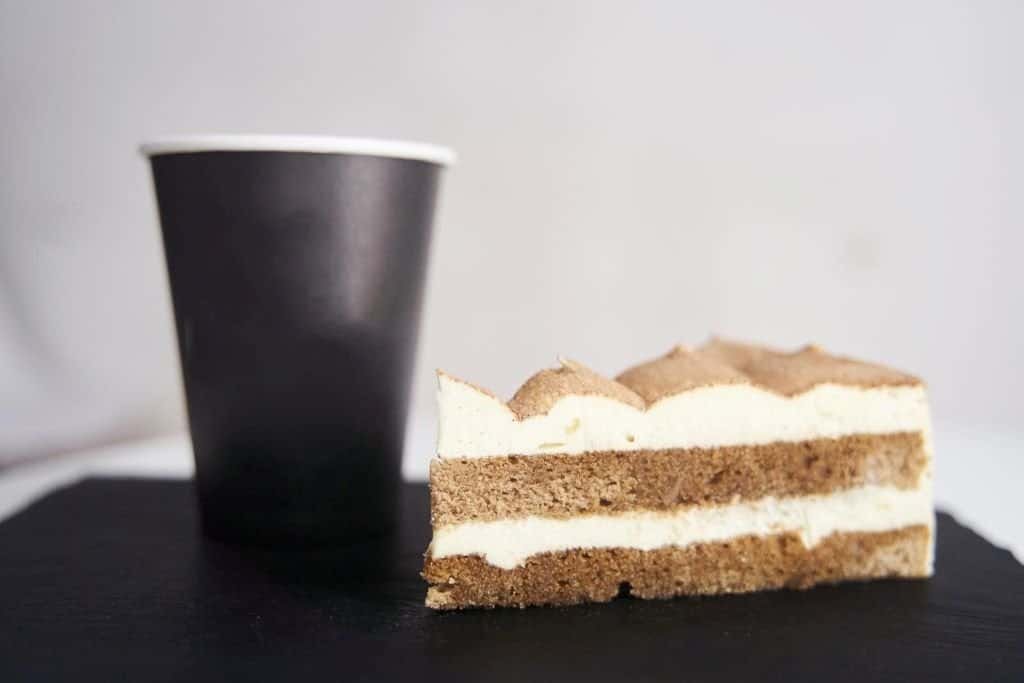For those of you who enjoy their shots of espresso, you are well acquainted with what a proper one looks like. It isn’t uncommon for espresso enjoyers to either have a consistent place to get one or an espresso maker at home. But sometimes, with an espresso machine, an espresso may come out not quite looking right. Or, if you’re watching the process unfold, things may be moving a little too quickly.
It seems odd to complain about a quick process becoming quicker, but a correct process is always more important than a fast one. A proper espresso should take about 30 seconds to complete from when you push the button on your machine and should give you 25-30ml of coffee. If you are getting a “completed” espresso considerably faster than that or if after 30 seconds you have more than 30ml in your cup, your machine is working both incorrectly and harder than it should be.
If your espresso is coming out too quickly, there are a few things you can review to make sure everything on your end is being done correctly.
Size of the Grind
For an espresso, you should have grounds down to ~0.9 mm for an ideal cup. Obviously, we’re not taking a ruler and measuring the size of our grounds, but the finer the grinds are, the more difficult your espresso machine will need to work. There is a fine balance between coarse and fine grinds for a proper espresso, and making your grounds a little coarser could go a long way. Experiment a little and see – it could be a minor change making a major difference.
Using Old Coffee
Using fresh coffee is also important in avoiding espresso coming out too fast. As coffee beans age, they become more brittle and can easily break down during the grinding process, resulting in a finer grind size than intended. This finer grind can cause the water to flow through the coffee too quickly, resulting in a shot that is weak and watery.
On the other hand, freshly roasted beans have a consistent texture and can be ground to the appropriate size, ensuring that the water flows through the coffee at the right pace, producing a rich and flavorful shot.
By using fresh coffee, espresso enthusiasts can avoid the frustration of a poorly extracted shot and enjoy a consistently delicious cup of espresso.

Tamping
There is a lot of debate on the validity of tamping your coffee. Luckily, with an espresso machine, it’s an easy topic. Tamping is not only beneficial but mandatory when trying to get a proper espresso going.
But how hard should we tamp? The general consensus is around 20-30 lbs of force. If you have a scale, zero it, set your grounds and tamper on the scale and apply enough force to get the desired number. Once you know the amount to press, you won’t have to do it every morning. If you don’t tamp hard enough, it won’t cause much of a problem, but tamping too hard can absolutely mess up your espresso, so better to err on the side of caution when tamping.
- WHY NORMCORE Spring-loaded Tamper? Whether you are a novice or an experienced barista, it is always a challenge when comes to coffee tamping. Traditional coffee tampers are prone to skew or…
- Upgraded features from V3: This V4 tamper has further improved on the central shaft design, also the interchangeable springs (15lb/ 25lb/ 30lb) are now applicable to the central shaft which provides…
- Fits 54mm Breville Portafilters: Designed to fit 54mm Breville Portafilters which are tapered (Suitable Breville/Sage models including the Barista Express, Pro, Touch, Bambino Plus, Infuser, and…
Coffee Amount
Most espresso makers have a preset to choose the right amount of coffee to grind up and put in your espresso. But some do require manual input of beans – this may be where we’re faltering.
For a regular espresso, the average cup has around 14g of beans in it – with a ratio of 1:1.5 (1 g of coffee to 1.5g of liquid), and a double having, well, double that amount (28g).
Something important to note, however, is if your machine is Italian or not. Italian espressos are made relatively weaker than the rest of the world makes them so if your machine is taking out a preset amount but is made in Italy, there’s a chance your espresso is being made weaker by default. Consult your user’s manual for how to change these settings.
Water pressure and temperature issues

Water pressure and temperature issues are some of the most common causes of espresso coming out too fast. If the water pressure is too low, the coffee grounds will not be properly extracted, resulting in a weak and watery shot.
On the other hand, if the water pressure is too high, the coffee grounds will be over-extracted, leading to a bitter taste. Similarly, if the water temperature is too low, it will not extract the coffee properly, whereas if it is too high, it can burn the coffee grounds and affect the flavor.
To ensure that the water pressure and temperature are optimal, it is crucial to have a quality espresso machine that can regulate these variables accurately. It is also important to regularly maintain the machine and ensure that it is functioning correctly to avoid any problems.
Cleaning Your Kit
Additionally, make sure your machine is cleaning itself regularly or is being cleaned regularly – as a clog in the machine may be creating extra unnecessary pressure and forcing liquid out faster than it should be. If none of these changes are making a difference in your espresso machine’s output speed, it may be time to seek a professional to take apart your machine and see where the problem is.
This is the least preferred outcome as it can be expensive to have certain machines looked at, but for your espresso, it may be worth it.
Frequently Asked Questions
Q: What causes espresso to come out too fast?
A: There are several factors that can contribute to this problem, including low water pressure, a coarse grind, insufficient tamping, low coffee dose, and low water temperature.
Q: How can I slow down the extraction time of my espresso?
A: There are several ways to adjust the extraction time, including adjusting the grind size, increasing tamping pressure, increasing the coffee dose, and raising the water temperature.
Q: Can using fresh coffee beans help prevent espresso from coming out too fast?
A: Yes, using fresh coffee beans is important to ensure that the coffee grinds are consistent and not overly brittle, which can result in a finer grind and a faster extraction time.
Q: What is the ideal water temperature for making espresso?
A: The ideal water temperature for making espresso is between 195°F and 205°F (90°C to 96°C).
Q: Is it necessary to clean my espresso machine regularly?
A: Yes, cleaning your espresso machine regularly is important to prevent any buildup of coffee oils and debris that can impact the quality of your espresso.
Q: How do I know if my tamping pressure is correct?
A: The correct tamping pressure can be achieved when there is a slight resistance as the tamper is applied to the coffee grounds. A consistent and level tamp can also help to ensure that the extraction is even and consistent.
Wrapping Things Up
In conclusion, there are many factors that can contribute to espresso coming out too fast, and understanding these factors can help you troubleshoot the issue and get back to brewing delicious shots of espresso.
By adjusting variables such as grind size, coffee dose, water pressure, and tamping pressure, you can regulate the extraction time and achieve the perfect shot every time.
Additionally, using fresh coffee beans and cleaning your espresso machine regularly can also help ensure that your espresso is consistently of high quality.
Just remember, change one variable at a time to keep the process consistent and find the real culprit!





